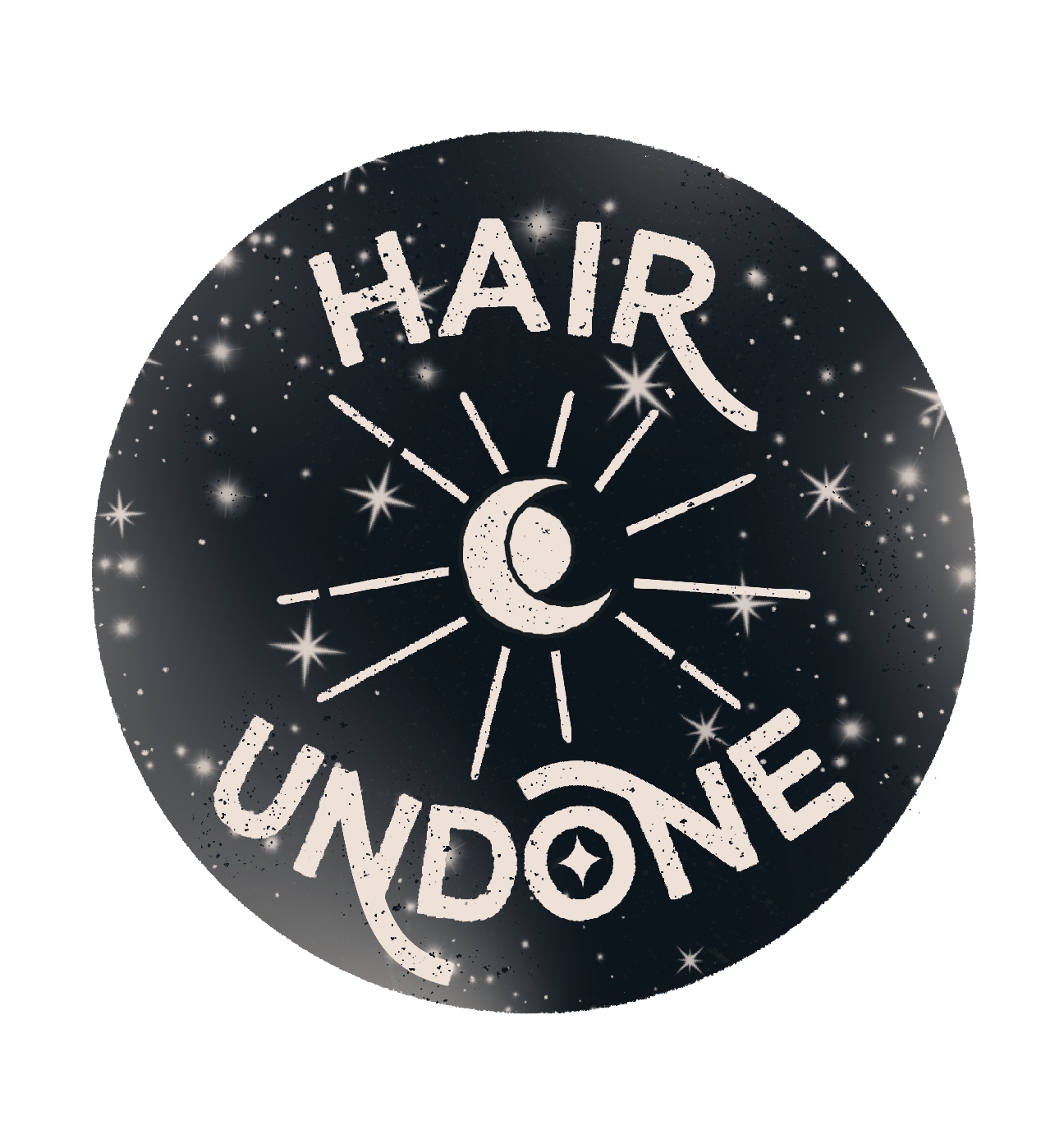2024 Summer Haircare Guide
With temperatures rising, its time to revisit the best way to care for your hair in the summer time. Whether that’s out at the beach or just spending time outdoors, your hair could be suffering from environmental damage.
UV Damage & Sun Hair Care
UV damage can negatively affect hair in several ways:
Color Fading: UV rays can cause both natural and dyed hair colors to fade. This is particularly noticeable in colored or treated hair, as the pigments can break down more quickly when exposed to UV radiation.
Dryness and Brittleness: Prolonged exposure to UV rays can strip hair of its natural moisture, leading to dryness and brittleness. This can make hair more prone to breakage and split ends.
Loss of Elasticity: UV damage can degrade the protein structure of the hair, particularly keratin, which can lead to a loss of elasticity. Hair may become more fragile and less able to return to its original shape after being stretched or styled.
Texture Changes: UV rays can alter the texture of the hair, making it feel rough and coarse. This is due to the damage to the cuticle, the outermost layer of the hair shaft, which can lift and create a rough surface.
Frizz and Tangles: As the cuticle becomes damaged and lifted, hair can become more prone to frizz and tangling. This makes it harder to manage and style.
Loss of Shine: Healthy hair has a natural shine due to the smooth cuticle layer reflecting light. UV damage can roughen the cuticle, reducing the hair's shine and making it appear dull and lifeless.
It is reccomended to use products that provide UV protection. We recommend using the Su Hair mist as a preventitive measure, putting it in your hair before arriving for beach or pool time activities. Follow up your water visit with a wash and treatment with the Su body/hair wash and mask. These products are specifically formulated to combat the harming effects of UV.
Chlorine Damage & Pool Hair Care
Chlorine, commonly found in swimming pools, can have several damaging effects on hair:
Strips Natural Oils: Chlorine can strip hair of its natural oils, leading to dryness and making hair feel brittle and rough. This can make hair more prone to breakage and split ends.
Color Fading: Chlorine can cause color-treated hair to fade more quickly. It can also react with copper and other chemicals in the water to produce a greenish tint in light-colored hair, particularly blond hair.
Weakens Hair Structure: Chlorine can break down the protein structure in the hair, particularly keratin. This weakening of the hair structure can lead to increased porosity, making hair more susceptible to damage from styling and environmental factors.
Loss of Shine and Luster: Healthy hair cuticles lie flat and reflect light, giving hair its shine. Chlorine can roughen the cuticle, reducing shine and making hair appear dull.
Increases Frizz: The loss of natural oils and moisture due to chlorine exposure can lead to frizz, making hair harder to manage and style.
Scalp Irritation: Chlorine can also irritate the scalp, leading to dryness, itchiness, and flakiness.
To protect hair from chlorine damage, consider the following tips:
Wet Hair Before Swimming: Rinse hair with fresh water before entering the pool. Wet hair is less likely to absorb chlorinated water.
Use a Swim Cap: Wearing a swim cap can provide a physical barrier against chlorine.
Rinse Hair After Swimming: Rinse hair thoroughly with fresh water immediately after swimming to remove chlorine.
If the chlorine damage has already been done, we recommend using Malibu Swimmers Wellness to help remove the build up from your hair. This treatment is specifically formulated to remove the chlorine and other harmful pool chemicals and minerals from your hair and help restore your natural shine and structure.
Enviromental Damage
Environmental damage can impact hair in various ways, often leading to dryness, brittleness, and other issues. Summer time means we are spending more time outdoors, needing to protect our hair from different elements. Here are some common environmental factors and their effects on hair:
Pollution
Dust and Dirt: Particles from pollution can settle on the scalp and hair, making it look dull and feel dirty more quickly. This can lead to scalp irritation and clogged pores, potentially resulting in hair loss or reduced hair growth.
Chemical Pollutants: Pollutants such as smoke, smog, and airborne chemicals can damage the hair cuticle, leading to dryness, frizz, and weakened hair structure. These chemicals can also react with natural and artificial pigments in hair, causing color changes.
Wind
Physical Damage: Wind can tangle hair, leading to increased friction and breakage. It can also lift the cuticle layer, making hair more prone to damage and split ends.
Moisture Loss: Wind can strip moisture from hair, leading to dryness and frizz.
Humidity
Frizz: High humidity levels can cause hair to swell and become frizzy, especially for those with curly or wavy hair. This occurs because hair absorbs excess moisture from the air.
Loss of Style: Humidity can cause styled hair to lose its shape and volume, making it difficult to maintain hairstyles.
Using a clarifiying shampoo once or twice a month (or about every other shampoo) will help you keep these pollutants from damaging your hair. We recommend Purify from Surface or Solu from Davines. Be sure to follow up with a hydrating or smoothing conditioner to keep your hair from feeling dry.



